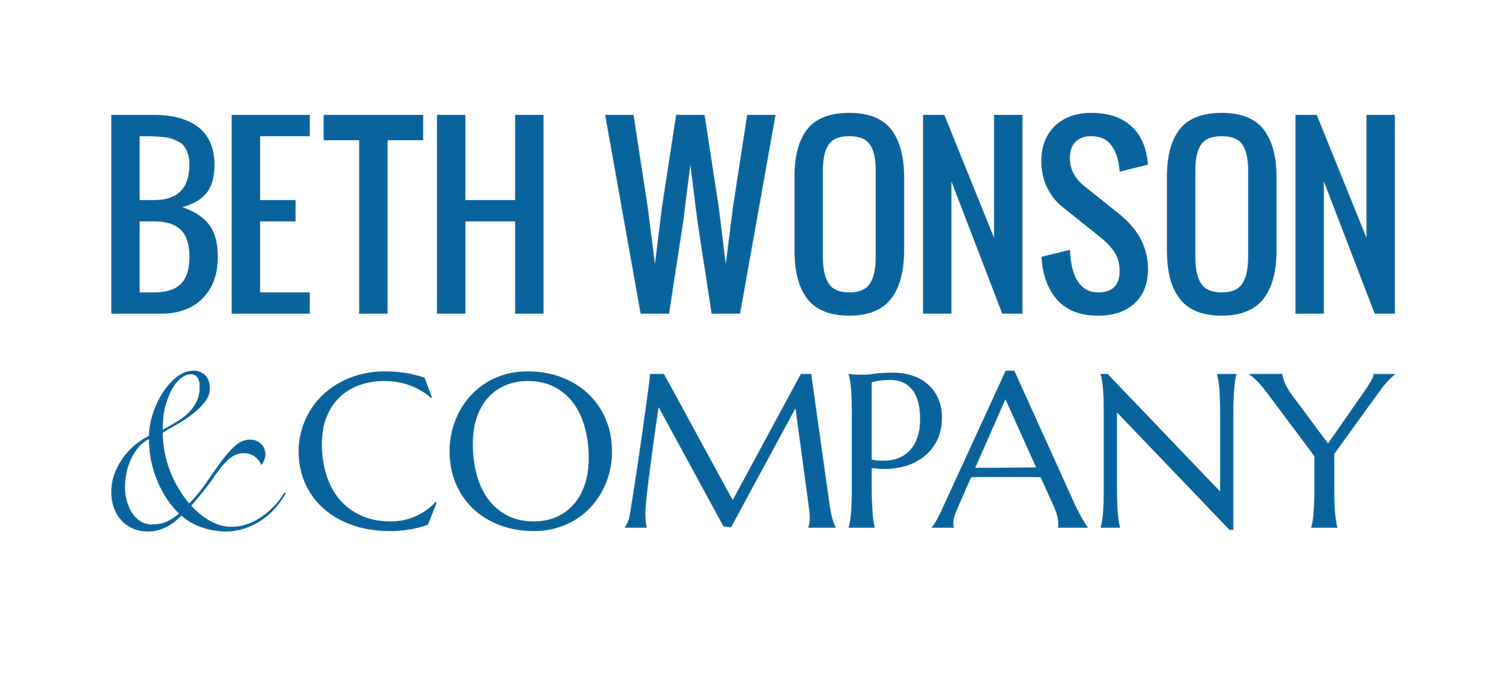Increasing Board Engagement through the Strategic Plan
There are three very common but fixable problems with nonprofit boards:
Members show up at meetings but don’t engage in ways that move the needle.
They don’t want to fundraise.
They cause chaos because they get sucked into the day-to-day operations.
In a nutshell, the primary roles of a board member are to:
Maximize and optimize the mission of the organization.
Support and encourage the Executive Director (ED) by providing information, resources, wisdom, perspective, and knowledge.
Make sure the organization (including the board) are operating within the by-laws and legal mandates.
Because of the way many nonprofits start out, board members are often more comfortable acting as “working boards” rather than “governing boards”. What I mean is that most people join a board because they have a passion or personal interest in the mission. And many nonprofits start out with no paid staff so the board chips in to do the work of the organization.
But there comes a time in the growth of every successful nonprofit when they outgrow the working board model, and board members must now shift to governing and oversight.
The challenge comes when the ED and Board Chair must have tough conversations about this shift.
I worked closely with a nonprofit who was making the move from a working board to a governing board and had just recently hired their first ED. Members of the board had been doing the work of the organization for a long time. In order for the organization to be sustainable, policies, procedures, and best practices had to be considered. This caused a great deal of conflict when some board members’ long-term pet projects were either no longer aligned with the mission or a focus area for investment of limited resources.
Things became even more contentious when the ED was able to secure a large foundation grant to bring on more professional staff for bookkeeping and fundraising, roles that board members had filled for a long time on a volunteer basis.
I was brought in to facilitate a strategic planning process with this board and their new director. Through the shared dialogue about the needs and goals of the organization, some of the long-term board members quickly saw how the board roles and goals needed to shift, and they choose to move to a volunteer or committee position.
Other board members were gently coached off the board by the ED and Chair who honored their history, reminded them of key milestones they were part of, publicly celebrated their contributions, while let them know that it was time to give up their seat for someone else.
Some left upset. Some left relieved. But making way for the people the organization needs now rather than who they needed during the startup and launch phases was critical to the sustainability and success of the nonprofit.
Doing a board member reset is critical as your nonprofit moves through the three phases of nonprofit growth:
Start Up or Launch Phase
This initial phase is characterized by enthusiasm, limited resources, and establishing organizational foundations.
Key characteristics:
Heavy reliance on founder's vision and energy.
Limited funding from personal sources or small grants.
Minimal formal structure and governance.
Focus on proving concept and demonstrating impact.
Board members do the day-to-day work with no paid staff.
Growth or Oversight Phase
During this phase, the organization expands its reach, formalizes operations, and builds sustainable infrastructure.
Key characteristics:
The need for professional staff is clear.
Board roles and responsibilities shift from doing the work to oversight.
Diversification of funding streams (grants, individual donors, fees).
Expanded professional staff and board development.
Improved systems for program delivery and evaluation
Strategic planning and clearer organizational identity
Development of policies for legal and fiscal compliance.
To support, encourage, and evaluate the ED.
Maturity or Institutional Phase
At this stage, the organization has established stability, reputation, and sophisticated operational systems. The board’s focus is on fundraising, sustainability, and strategic direction.
Key characteristics:
Stable, diverse funding including possible endowment.
Professional management team and specialized staff roles.
Focused on ways to demonstrate impact.
Potential for scaling, replication, or systems-level change.
Bringing more people to the board who have talents, skills, and opportunity to support and grow the organization.
When I work with nonprofits who are 10 or even 20+ years old, I often find that on the board are many hold overs from the Start Up Phase. When the topic of fund development is addressed, I see people looking away or I hear, “I contribute by working at the annual gala.” Or “I sell raffle tickets.” This is great, and I know that these are kind, passionate people who contribute what they can. But they’ll likely not become the board members that are needed at the Growth or Maturity Phases.
It’s Your Turn: Reflection Questions
Think about your own organization and your board. Consider these questions:
In which phase of nonprofit growth (Start Up, Growth, or Maturity) is your organization currently operating? How well do your current board members' skills and contributions align with the needs of that phase?
How might you facilitate productive conversations with long-term board members about evolving their roles as your organization grows, while still honoring their historical contributions?
What specific strategies could your organization implement to help board members transition from a "working board" mindset to a "governing board" approach without losing their passion for the mission?
Is there anyone currently sitting on your board who may not be able or willing to shift their mindset about their contributions, roles, and responsibilities as the org grows?
In upcoming emails I will talk about how to coach your board and why term limits are critical.
If your board is having challenges with alignment, creating impact, fulfilling their roles, or being otherwise engaged, let’s chat. I can help. https://ncdsolution.com/beth
